Kmart Had a Little-Known Restaurant Chain in the ’60s and ’70s
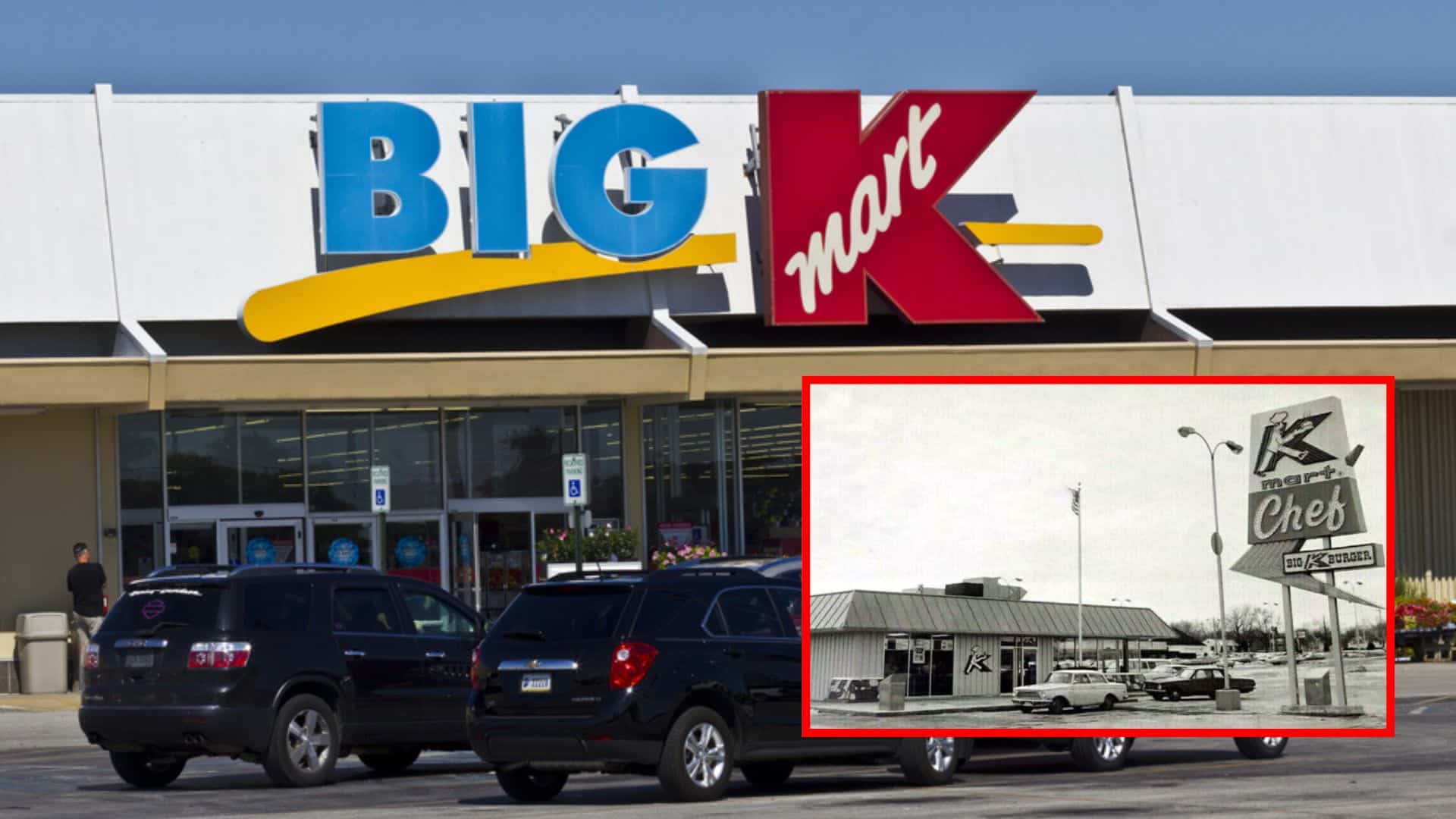

Before Starbucks in Target and McDonald’s in Walmart, there was Kmart Chef — a short-lived fast-food experiment from the 1960s and ’70s that blended burgers, cafeterias, and retail nostalgia.
The idea was simple: grab a bite before or after shopping. But as quickly as it appeared, this curious offshoot of the Kmart empire disappeared from the American landscape.
The Kmart Boom and Big Ideas
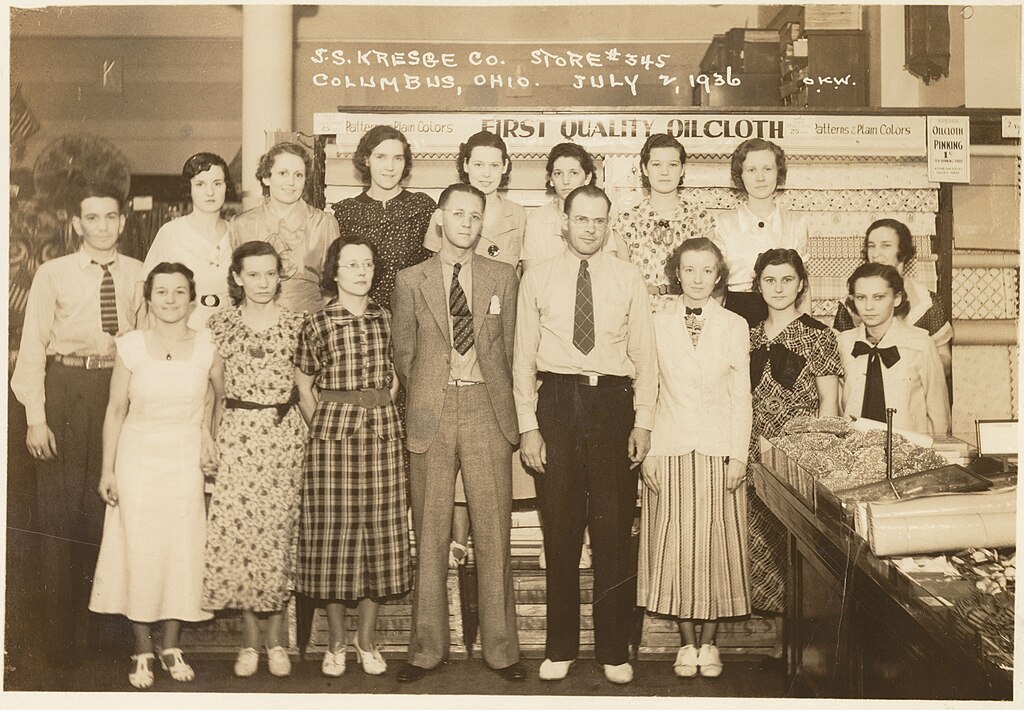
By the mid-1960s, the S.S. Kresge Company, Kmart’s parent firm, was thriving under the vision of founder Sebastian Kresge. His low-cost retail empire was expanding rapidly, with hundreds of stores opening nationwide. Executives wanted to capitalize on Kmart’s growing cultural footprint, and what better way than through food? A restaurant chain would keep shoppers on-site longer and make Kmart a true one-stop destination for the American family.
Birth of the Kmart Chef
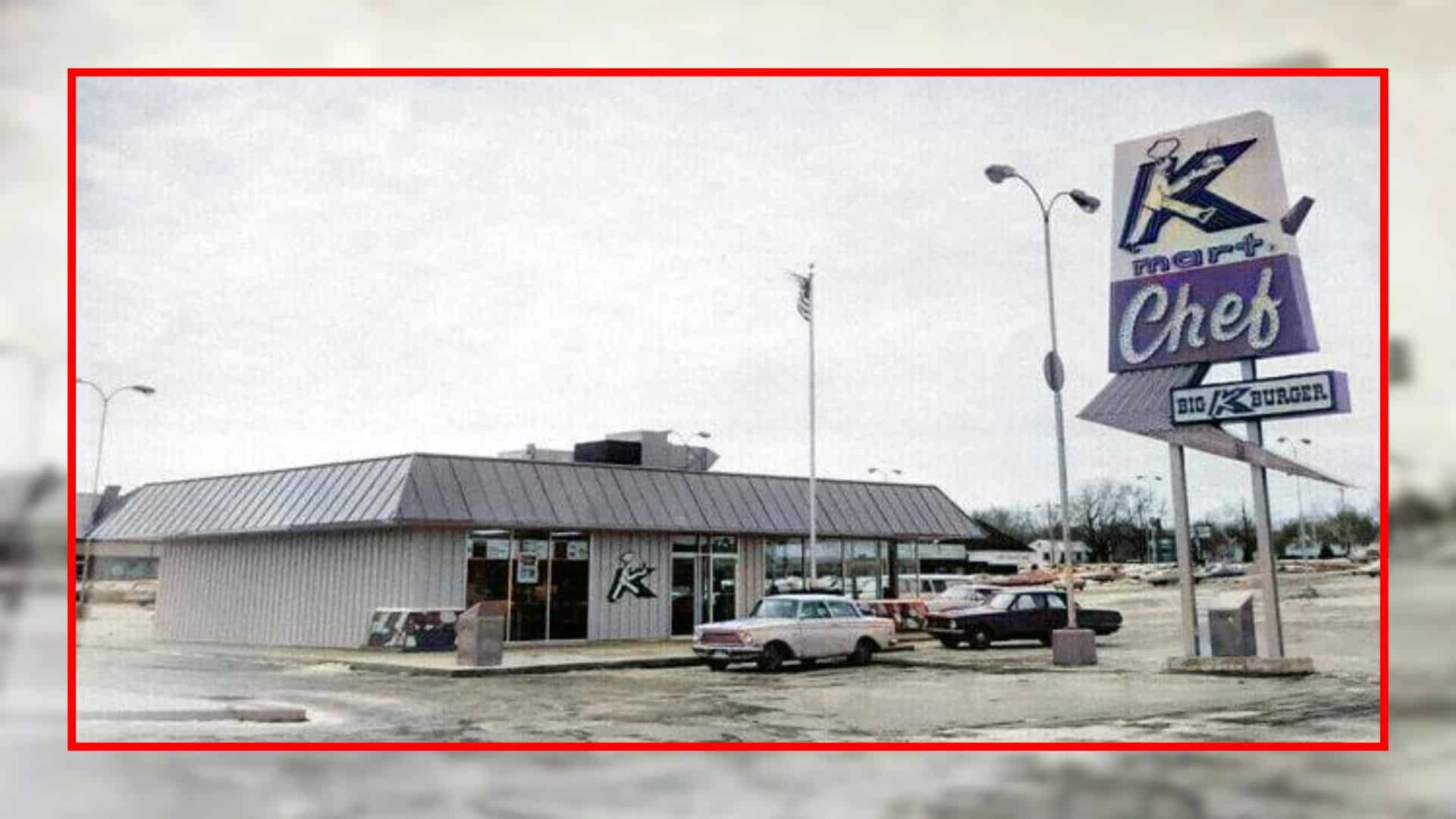
The first Kmart Chef opened in Pontiac, Michigan, in October 1967, positioned directly beside a Kmart store. It wasn’t an afterthought — it was a standalone restaurant concept designed to attract Kmart’s middle-class shoppers. The pitch was as bold as it was practical: “Eat here and get gas,” referencing the brand’s nearby Kmart gas stations. Shoppers could grab a burger, fill their tank, and be on their way — a convenience-driven concept decades ahead of its time.
A Menu for Middle America
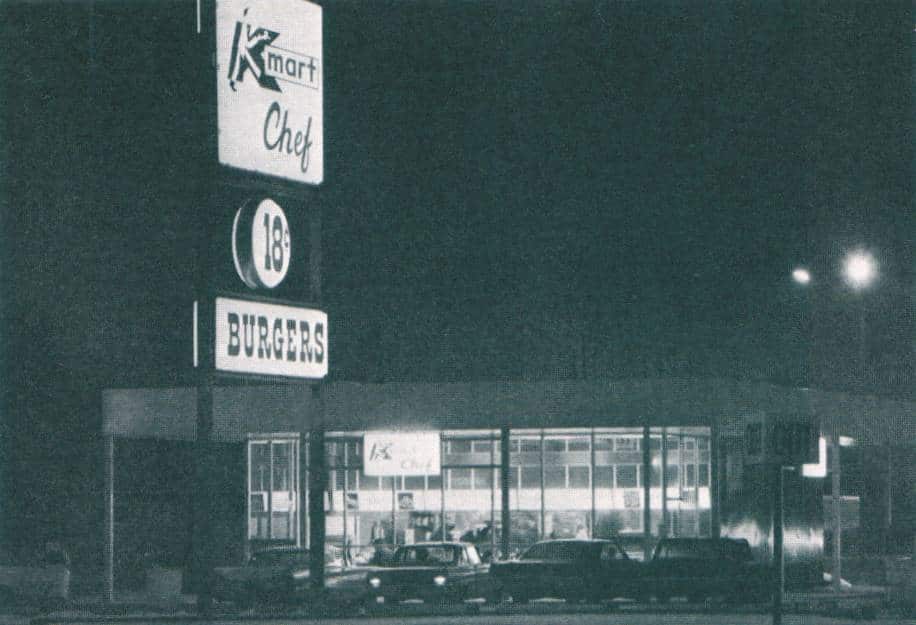
The menu was a snapshot of midcentury comfort food — 18-cent hamburgers, cheeseburgers, fish sandwiches, fries, and apple turnovers, along with coffee, soft drinks, and milkshakes. The restaurant’s cafeteria-style setup combined a tray line with counter service, giving it a hybrid feel between a diner and a fast-food joint. It was approachable, family-friendly, and affordable — the perfect lunch stop after a Saturday shopping spree.
Expansion Plans and Growing Pains
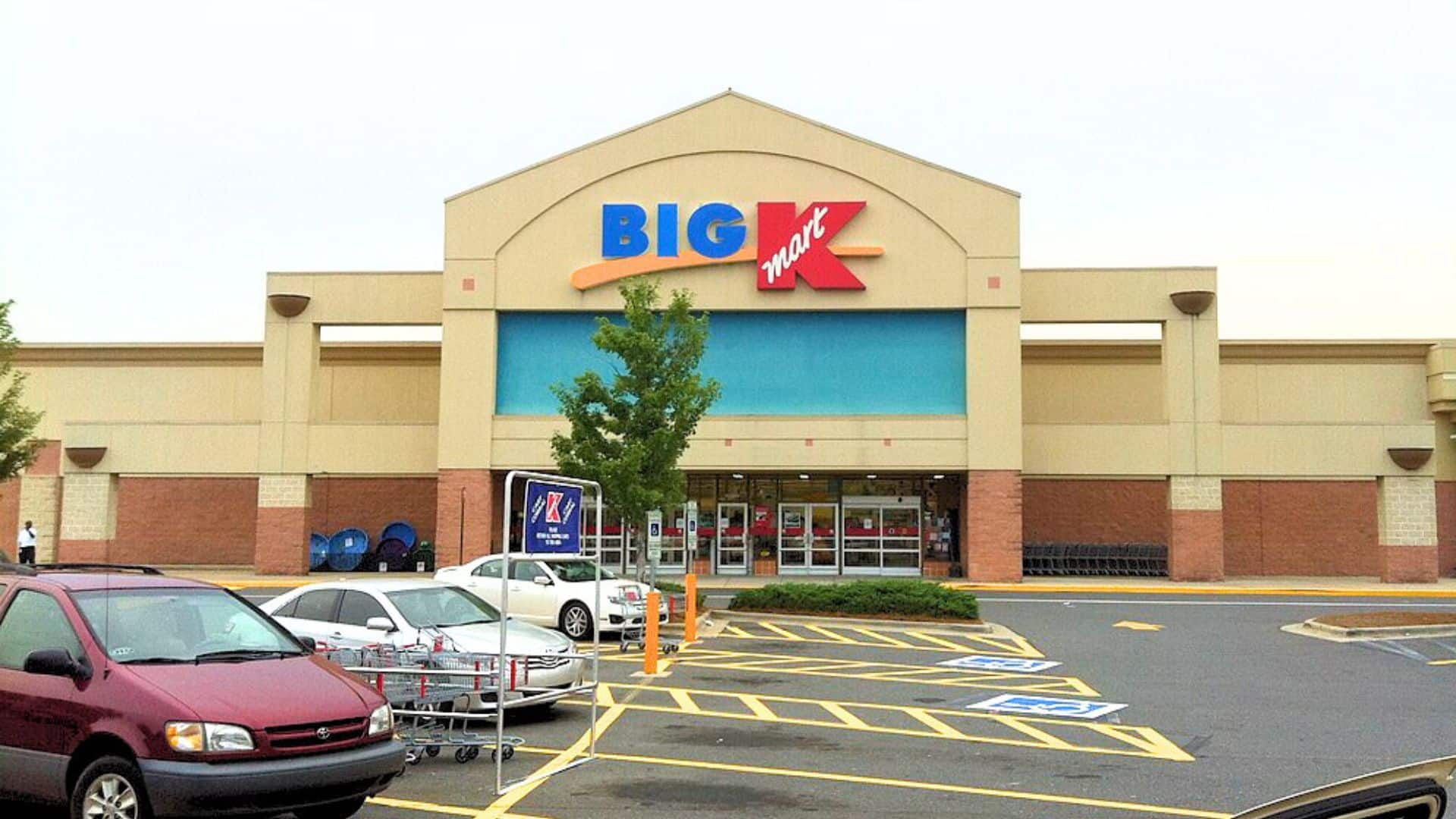
Early plans called for a rapid rollout of new locations across the country. By 1968, Kresge executives hoped to open at least 10 new Kmart Chef restaurants, including sites in Erie, Pennsylvania, Houston, Texas, and Moline, Illinois. But enthusiasm quickly ran up against reality. The concept proved difficult to scale, and in the end, only 11 total locations ever opened before the project was quietly shelved.
Why It Didn’t Last
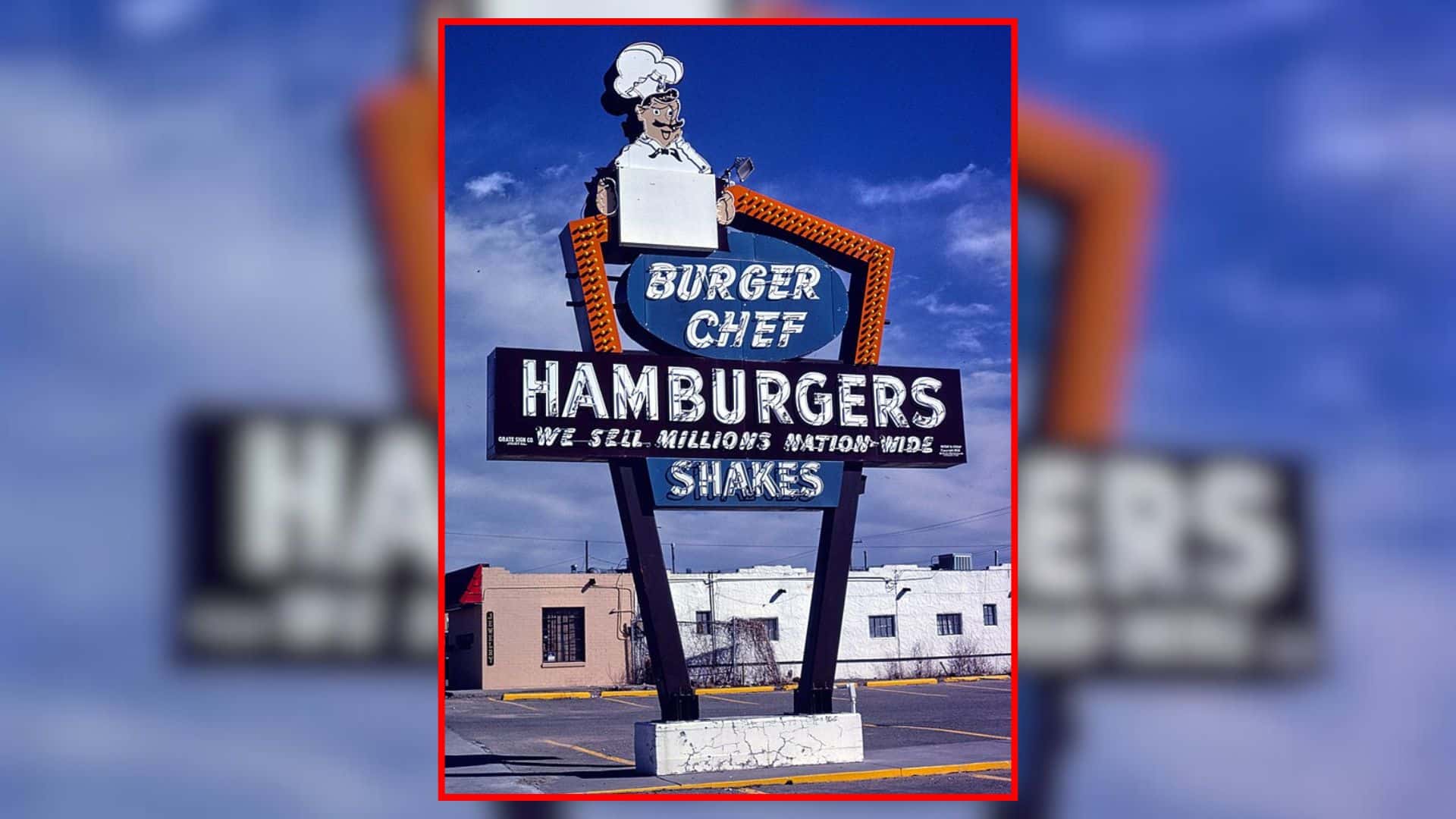
Despite Kmart’s booming retail success, Kmart Chef never found its niche. It wasn’t fast enough to compete with drive-thru upstarts like McDonald’s or Burger Chef, nor distinctive enough to pull in sit-down diners. Rising food costs and thin profit margins compounded the problem. By 1974, the company shuttered all 11 locations — just seven years after its debut — as part of a larger restructuring within the Kmart corporation.
Beyond the Burger: Gas and Groceries
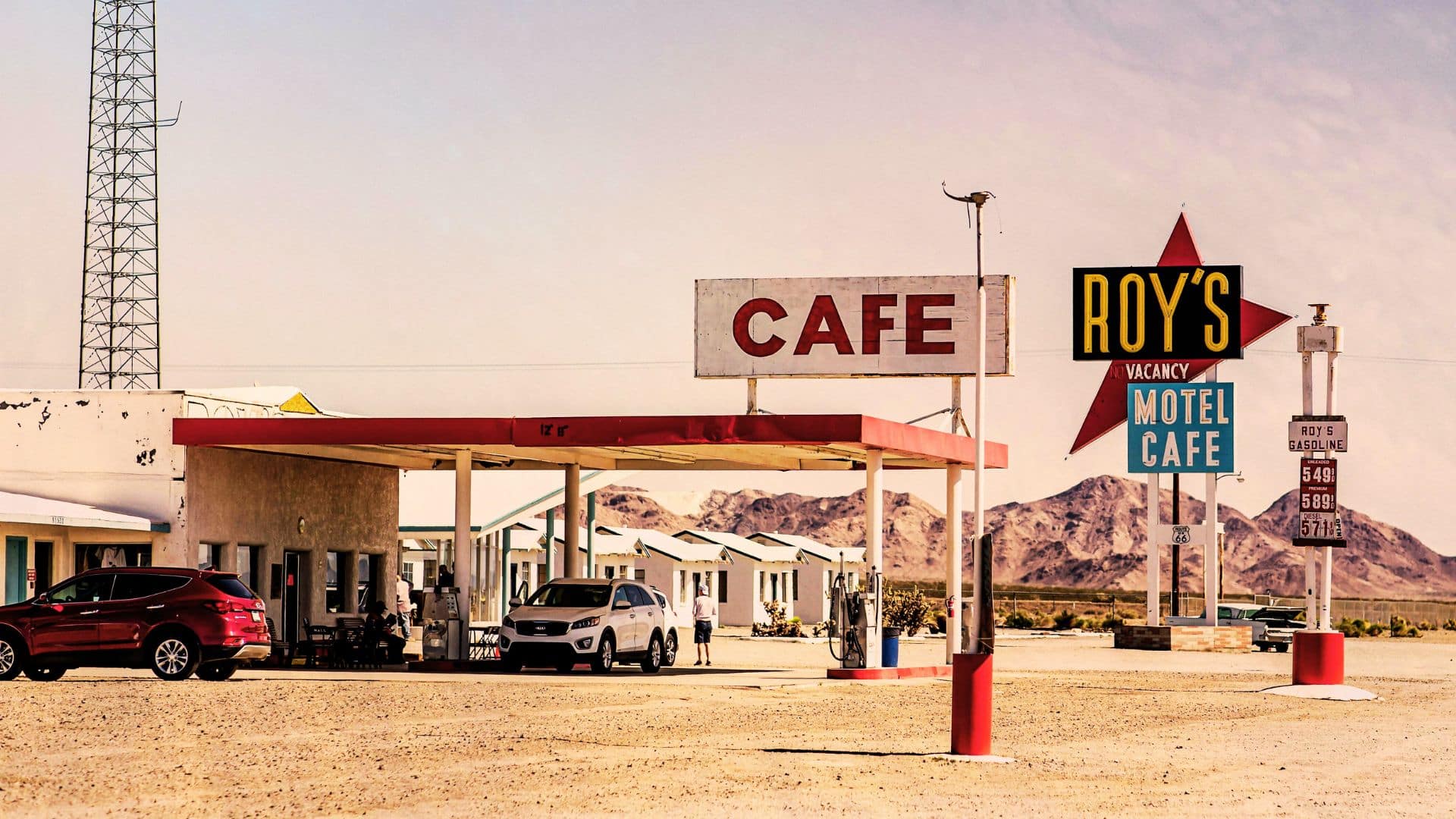
Still, Kmart wasn’t ready to give up on food entirely. The retailer launched more Kmart gas stations in 1967 and later introduced in-store cafeterias like Kmart Grill and K-Café — small eateries that served burgers, pancakes, and coffee well into the 1990s. These later ventures lasted far longer than Kmart Chef, proving that shoppers did want to eat — just without leaving the store.
Inside the Experience
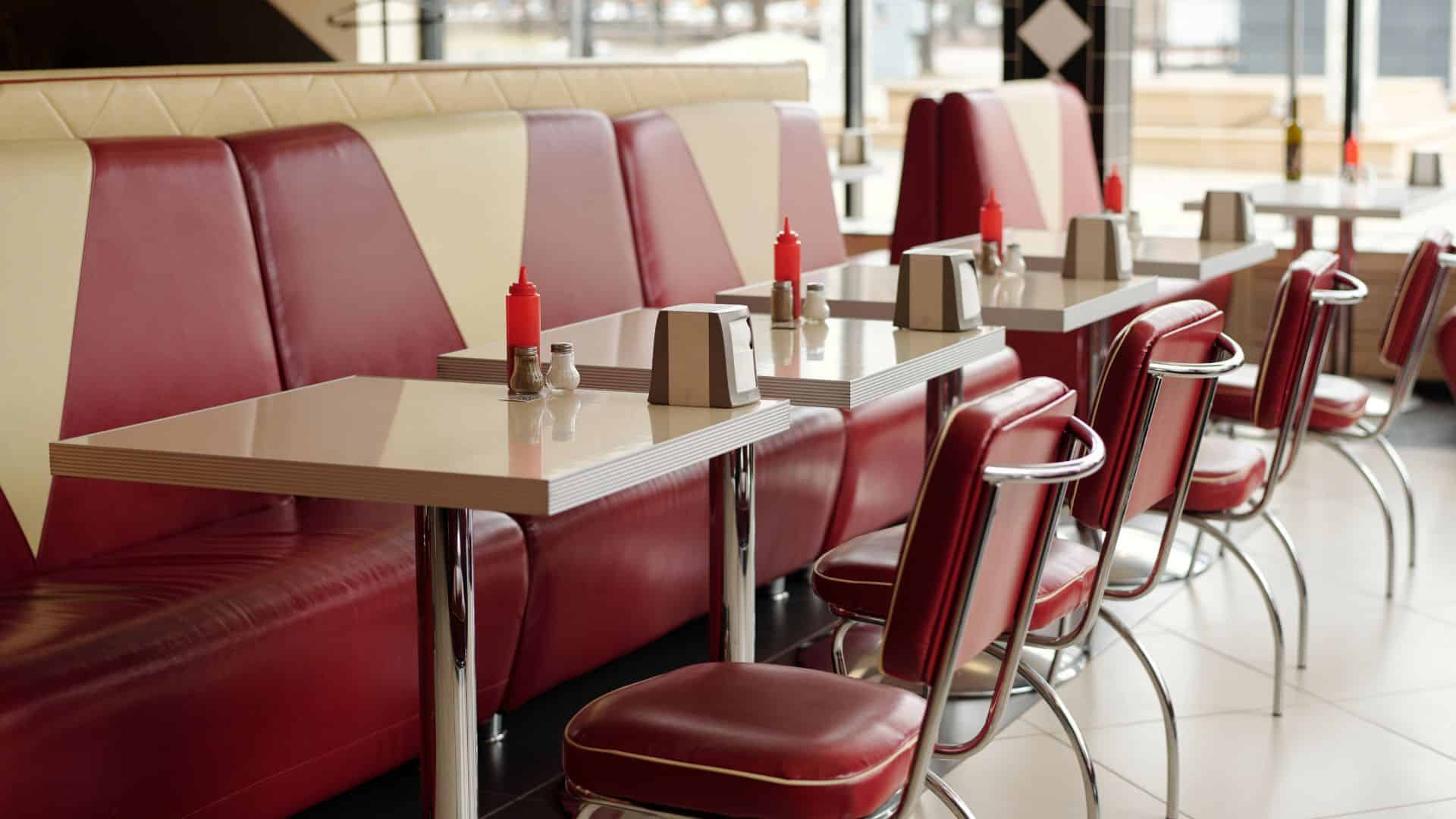
Dining at Kmart Chef felt like stepping into a nostalgic slice of midcentury America. The decor featured Formica countertops, chrome-edged tables, and red vinyl booths that gleamed under fluorescent lights. Families could eat for under two dollars, often while pop hits like “Sugar, Sugar” played faintly in the background. The restaurants embodied the optimism of the era — clean, cheerful, and built around convenience.
A Forgotten Slice of Americana
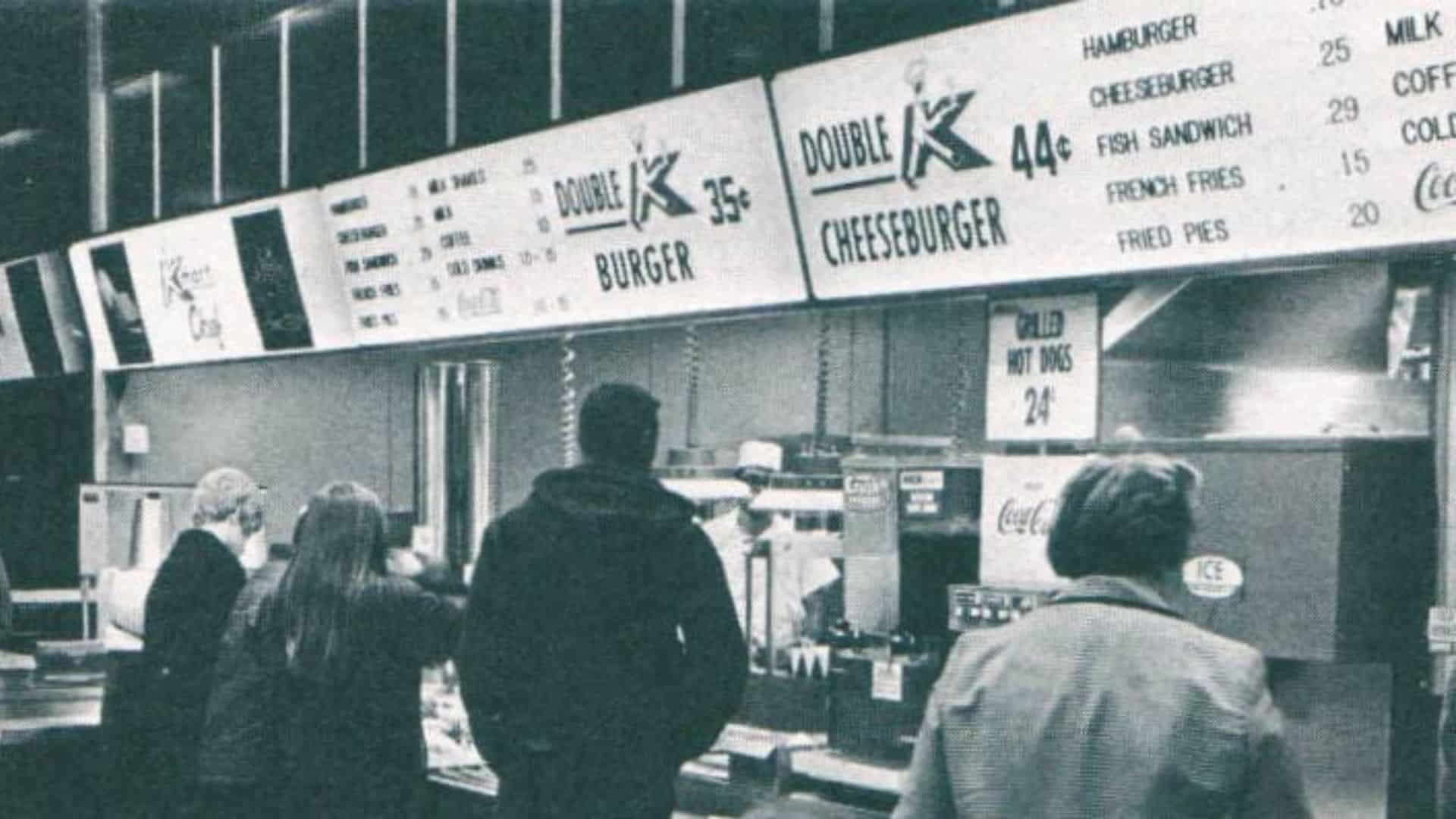
Photographs from the time show gleaming counters and the now-famous “Double K Burger” glowing on the menu board. For many, it became part of the weekend ritual: shop, fill up the car, grab a burger. Kmart Chef captured a specific midcentury ideal — a world where every errand, every meal, could be completed under the same red “K” sign.
The Flavor of a Bygone Era
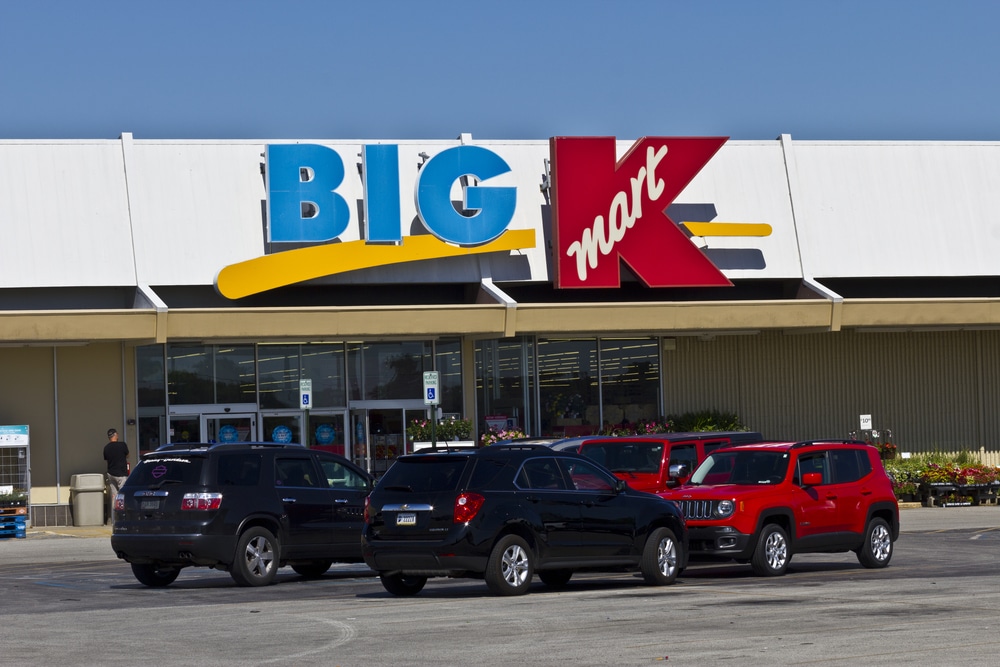
Today, Kmart Chef exists only in memories, advertisements, and a handful of faded photos. It may have closed nearly 50 years ago, but its brief story reflects an era when department stores aimed to be everything under one roof — a place to shop, eat, and gather. Both ahead of its time and perfectly of its time, Kmart Chef remains a nostalgic bite of American retail history.
